Now walk it out
Y’all, it’s rough out there right now. Governments are shaking the walls, the planet is shaking her head, and we are left shaking in our boots.
So! It’s a perfect time to do what rapper Unk proselytized through the speakers of my youth, “walk it out.”
(Where are all my 2006 teens?)
In times of upheaval and transition, walking it out is how the Hermit, our card of the year, metabolizes the world and comes out on the other side enlightened. Sounds simple enough, no?
Meandering mapless through the literal or metaphoric wilderness is a custom that cuts across cultures. Native Americans have the vision quest. The Scandinavians had Årsgång. The Japanese have shinrin-yoku or forest bathing.
These walks are a form of ritual learning that requires the seeker to face the wilderness alone in the name of spiritual self discovery.
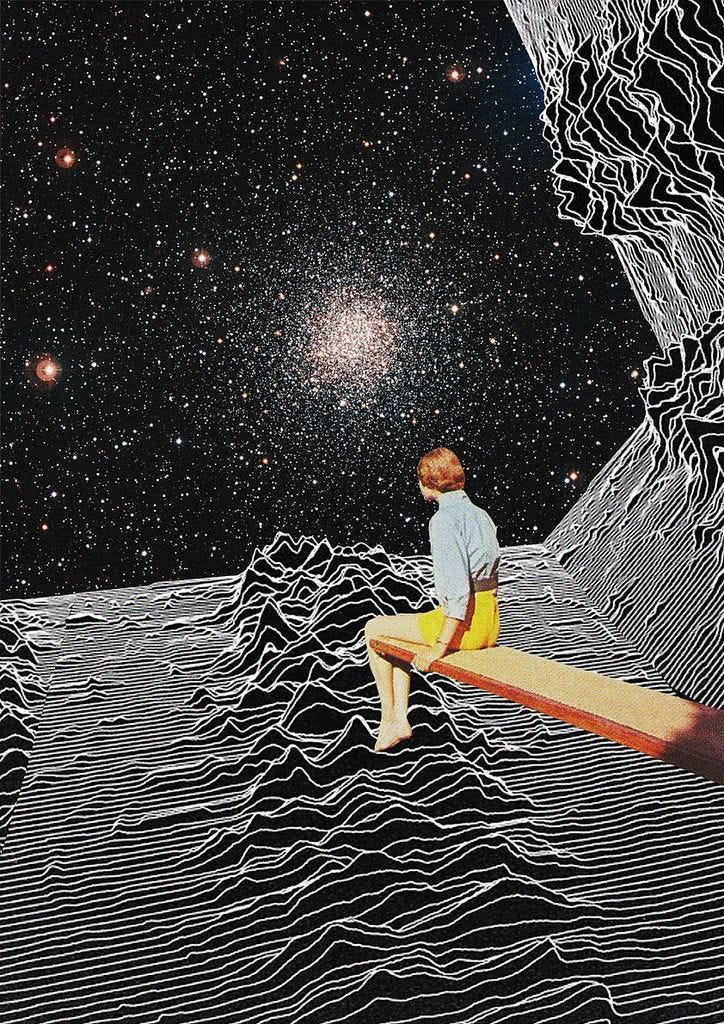
As someone who loves a map (or a plan, or a checklist…), the thought of walking into the world without one, especially a world I no longer recognize, sends me screaming like a pre-teen in the first act of a horror movie. “DON’T GO OUT THERE STUPID! IT LIVES OUT THERE!”
It. The great unknown.
Living in the era of answers, the unknown has become a psychic boogie man. The immediacy of the Internet and AI’s pretty bow summaries have made us all forget that slowing down to sit with the unknown is an integral part of being human.
The Hermit’s anecdote to our collective forgetting is an invitation: walk into the wilderness of the world’s questions and see what you find. Because though the unknown holds fear, anxiety, and danger, it’s also home to curiosity, imagination, and possibility.
Finding our way through wayfinding
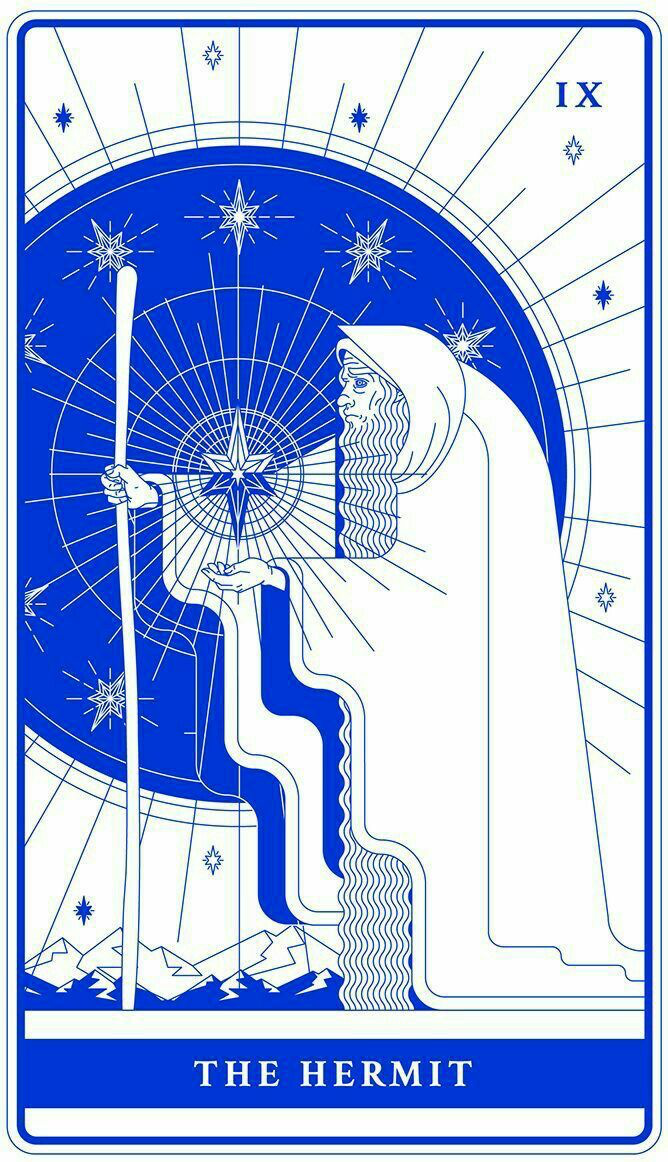
While the Hermit sets out on spiritual quests without a map, they are not without tools! The glowing, six-pointed star that guides the Hermit down pathless path of the unknown is seen across many religions and cultures. It represents divine knowledge, the merging of masculine and feminine, the elements of the natural world, and the integration of the self and the collective.
For centuries, our ancestors used light and other natural elements to guide them through the wilderness. This practice, now known as wayfinding, uses the stars, moon, and wind to navigate landscapes that appear unknowable to the untrained eye.
Polynesian wayfinders memorize the rising and setting positions of hundreds of stars to sail across miles of azure waves.
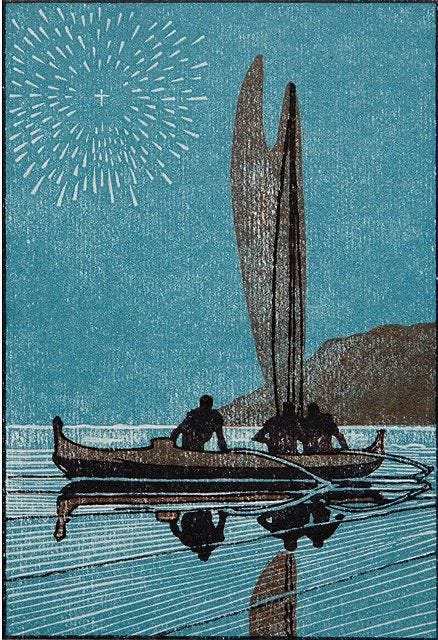
The Inuit traverse sastrugi, land waves, by interpreting the movement of wind as it glides between ridges and whips through clouds.
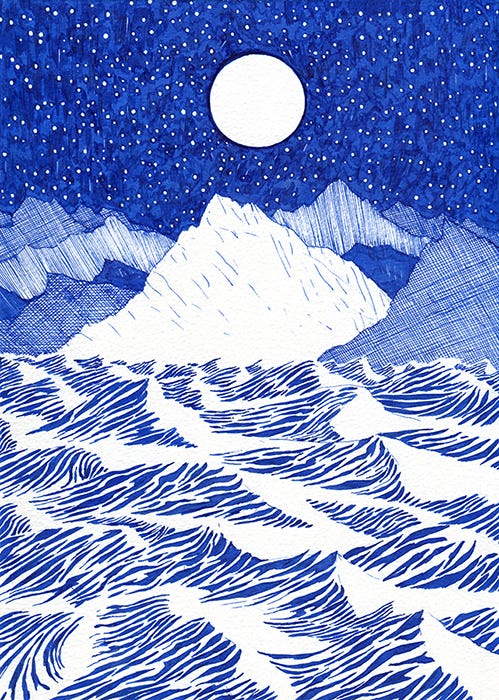
Bedouins follow the rise and fall of celestial bodies and weave through wind-carved dunes to travel through the desert.
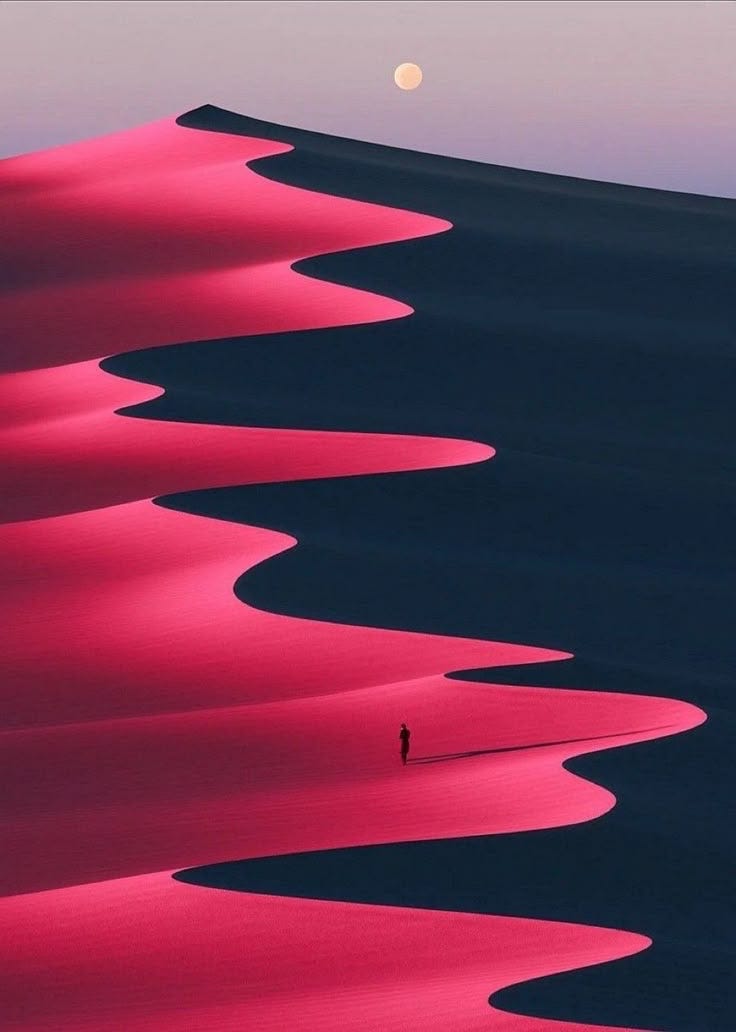
These enigmatic landscapes are full of unanswerable questions and endless mysteries. That elusiveness is what inspired our ancestors to look beyond the horizon of their knowing and discover the beating pulse of their connection to the universe and their survival.
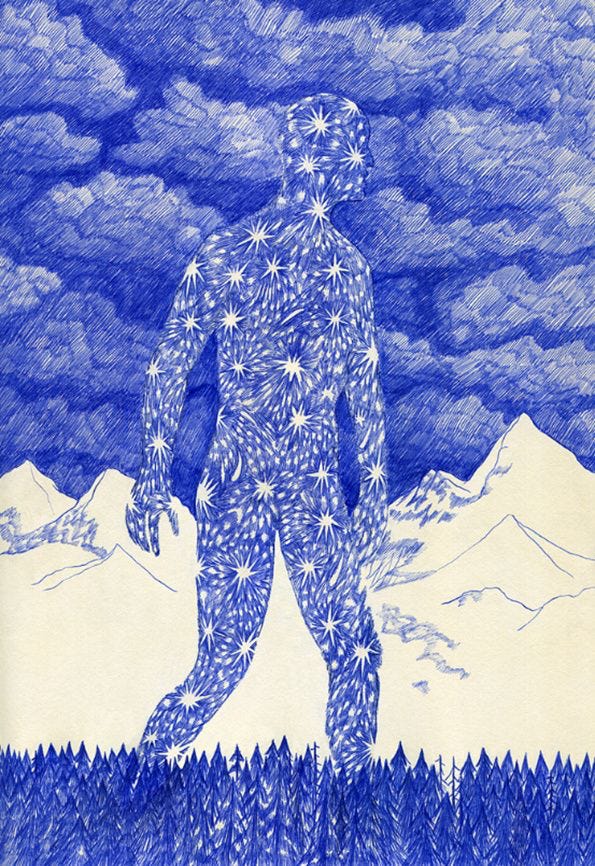
Though we may feel adrift inside a harsh and unforgiving landscape, the Hermit reminds us that we come from the moon and the stars and we carry their guiding light inside us.
Now is the time to explore the things we don’t understand.
Now is the time to navigate the great unknowns.
Now is the time to remember our light shines brightest in the dark.
Navigating the Wilderness Tarot Spread
More paths to tread
Moana and Moana 2: Did I get the idea for this wayfinding newsletter while watching Moana on the plane home from Hawaii? Why yes. Yes I did.
The Hawaiian Star Compass, developed by Master Navigator Nainoa Thompson. What compasses have you created to guide you to your true north?
XO
ALTARU TAROT







This was beautiful to read (and listen!)
Beautiful